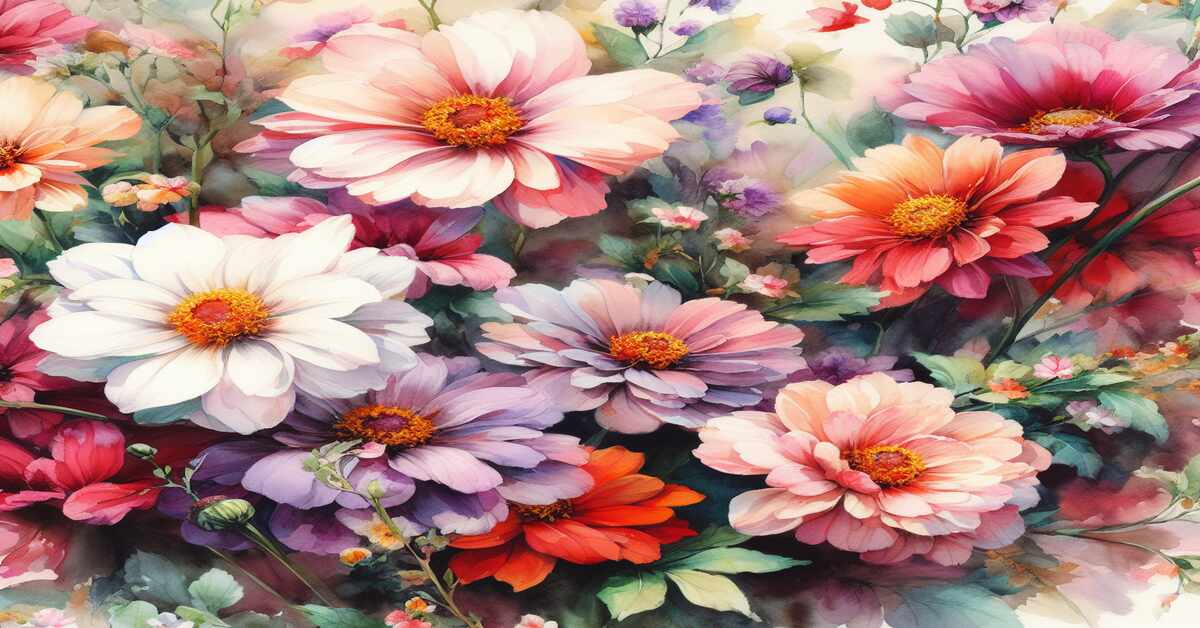In the rich tapestry of nature’s offerings, flowers stand out as a vibrant canvas of colors, shapes, and scents. Each flower tells a unique story, beckoning us into its world of beauty and wonder.
Today, we embark on a captivating journey into the realm of blooms that share a common thread—the letter W. From the delicate Windflower to the fragrant Wintergreen, and the graceful Waxflower to the spirited Wild Columbine, these floral treasures are like verses in a poetic symphony orchestrated by nature itself.
Let us explore this set of flowers that start with W and discover their many details.
List of Flowers that Start With W
- Wisteria
- Watsonia
- Wild Rose
- Wood Anemone
- Wallflower (Erysimum)
- White Campion
- Winter Jasmine
- Weigela
- Woolly Bluecurls (Trichostema lanatum)
- Woodruff (Galium odoratum)
- Waxflower (Chamelaucium uncinatum)
- Windflower (Anemone hupehensis)
- Wintergreen (Gaultheria procumbens)
- Wild Columbine (Aquilegia canadensis)
1. Wisteria
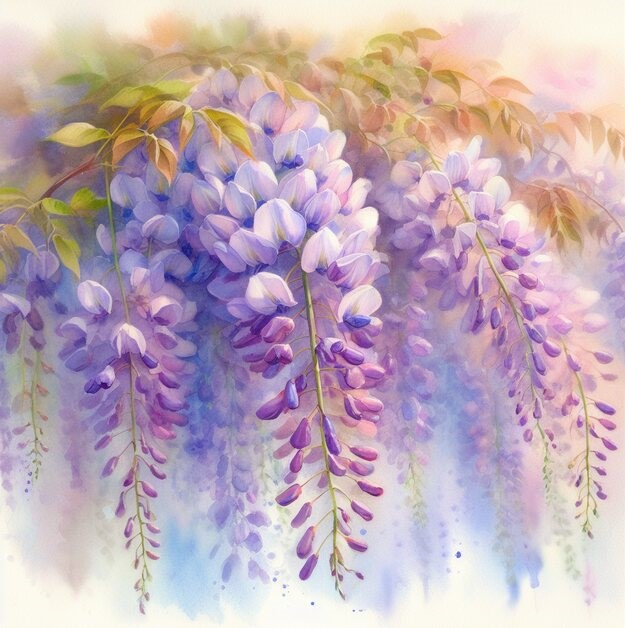
Wisteria is a woody, climbing vine known for its cascading clusters of fragrant, pea-like flowers. It boasts a charming appearance and can cover arbors and trellises. The longest recorded wisteria vine measures over 1,400 feet (426 meters) long!
- Watering Needs: Regular watering, allowing the soil to dry slightly between waterings
- Bloom Color: Lavender, blue, or white
- Hardiness Zone: Typically zones 5 to 9
- Mature Height: Can reach up to 30 feet (9 meters)
- Sunlight Exposure: Full sun
2. Watsonia
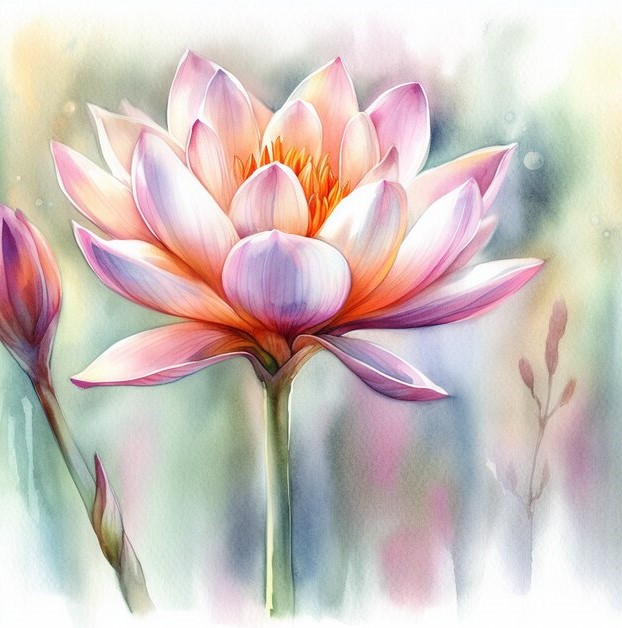
Watsonia is a perennial bulbous plant known for its tall spikes of star-shaped flowers. It adds vertical interest to gardens and attracts pollinators. Native to South Africa, Watsonia is sometimes referred to as “Bugle Lily.”
- Watering Needs: Keep soil consistently moist during the growing season
- Bloom Color: Pink, orange, or white
- Hardiness Zone: Typically zones 8 to 10
- Mature Height: Typically 2 to 4 feet (0.6 to 1.2 meters)
- Sunlight Exposure: Full sun to partial shade
3. Wild Rose
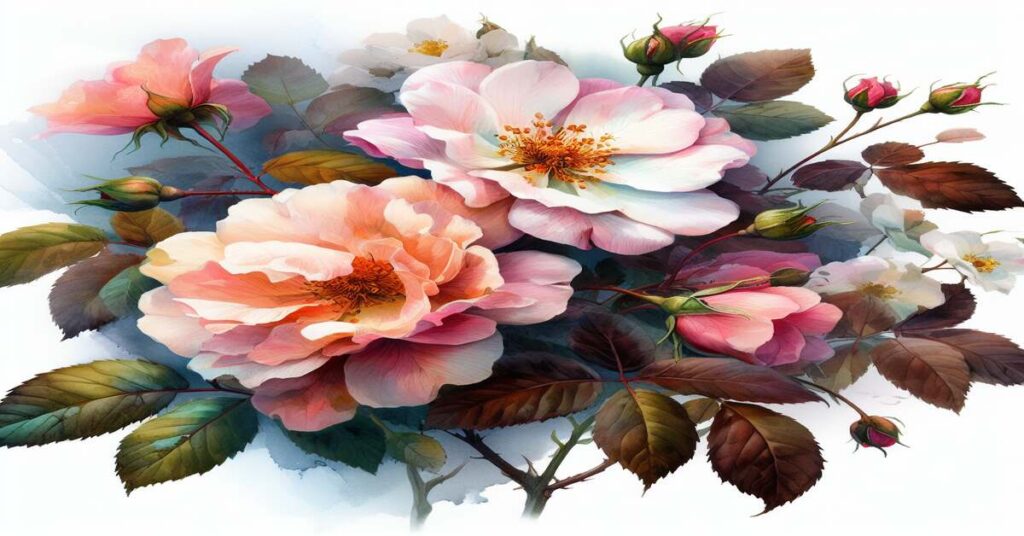
Wild Roses are native shrubs known for their simple yet fragrant flowers and prickly stems. They are often found in the wild and have inspired many garden varieties. Wild Roses produce small, red hips that are rich in vitamin C and can be used to make tea and jams.
- Watering Needs: Moderate watering
- Bloom Color: Pink, white, or red
- Hardiness Zone: Varies by species but generally zones 3 to 9
- Mature Height: Varies by species but generally 2 to 6 feet (0.6 to 1.8 meters)
- Sunlight Exposure: Full sun to partial shade
4. Wood Anemone
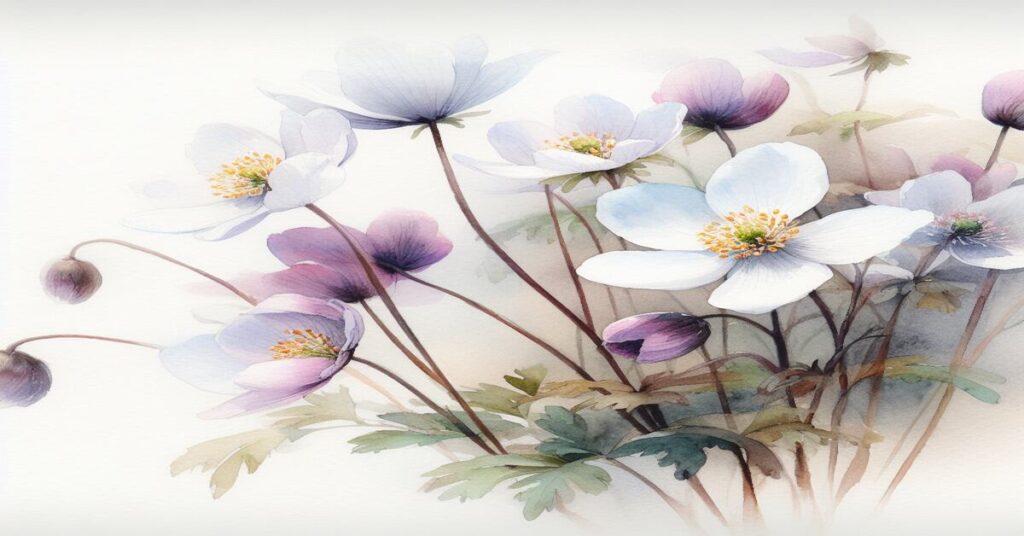
Wood Anemone is a delicate perennial wildflower with solitary, daisy-like flowers. It often carpets woodlands in early spring. Wood Anemone flowers close at night or during overcast weather.
- Watering Needs: Keep the soil consistently moist during the growing season
- Bloom Color: White or pale pink
- Hardiness Zone: Typically zones 3 to 8
- Mature Height: Generally 6 to 12 inches (15 to 30 cm)
- Sunlight Exposure: Partial to full shade
5. Wallflower (Erysimum)
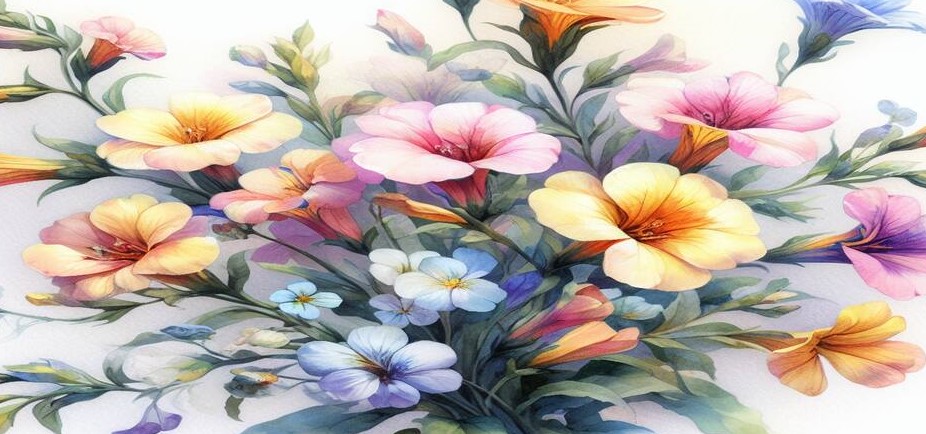
Wallflowers are hardy perennials known for their fragrant, dense clusters of small, four-petaled flowers. They’re often used in rock gardens and borders. Wallflowers are known for their pleasant, spicy fragrance.
- Watering Needs: Regular watering, allowing the soil to dry slightly between waterings
- Bloom Color: Various colors, including orange, yellow, and purple
- Hardiness Zone: Typically zones 5 to 9
- Mature Height: Varies by species but generally 1 to 3 feet (0.3 to 0.9 meters)
- Sunlight Exposure: Full sun
6. White Campion
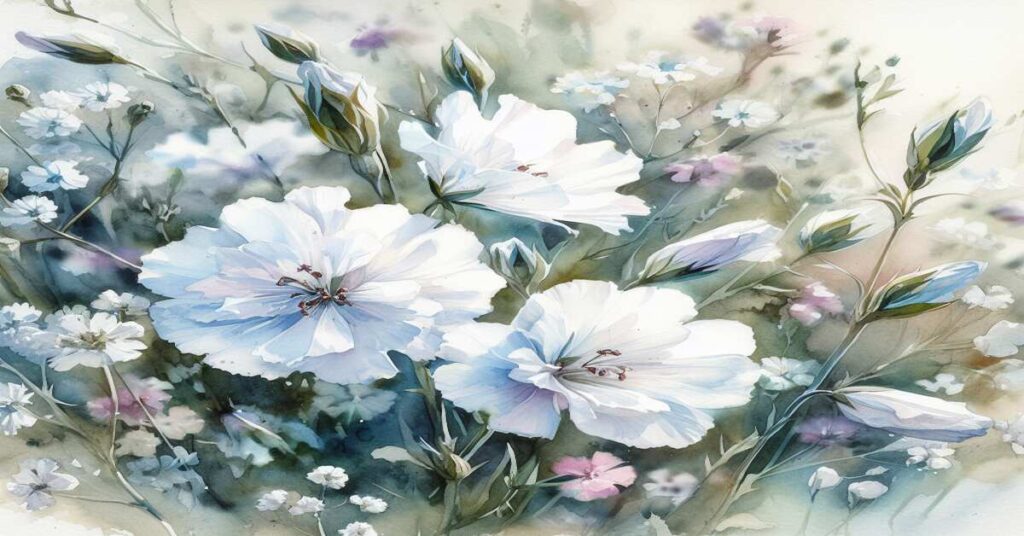
White Campion is a wildflower known for its white, nocturnal flowers. It has woolly foliage and is often found in meadows and along roadsides. The flowers of White Campion are known to attract night-flying moths.
- Watering Needs: Moderate watering.
- Bloom Color: White.
- Hardiness Zone: Typically zones 3 to 9.
- Mature Height: Generally 1 to 2 feet (0.3 to 0.6 meters).
- Sunlight Exposure: Full sun to partial shade.
7. Winter Jasmine
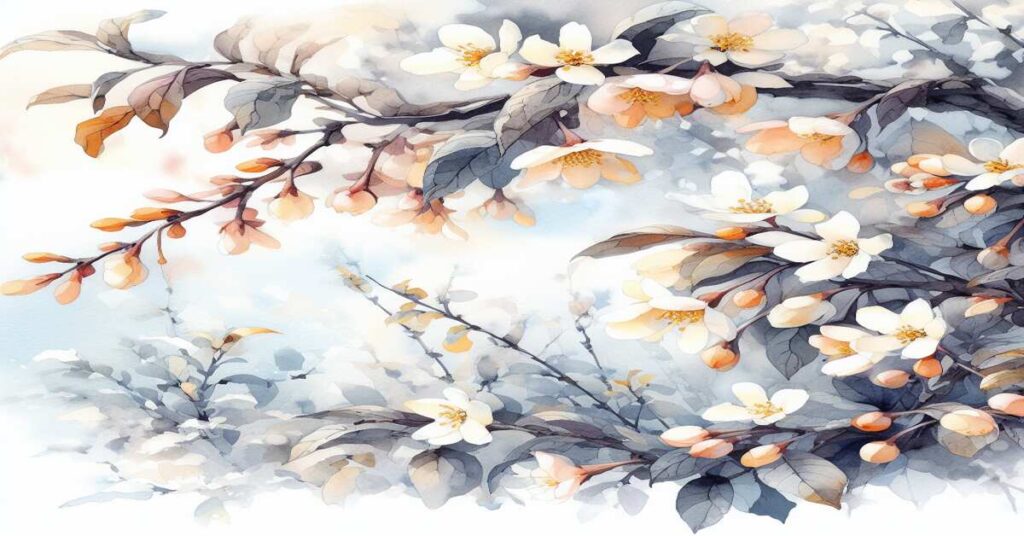
Winter Jasmine is a deciduous shrub that blooms profusely in late winter or early spring with bright yellow, fragrant flowers. Winter Jasmine’s early blooms make it a welcome sight after a long winter.
- Watering Needs: Keep soil consistently moist
- Bloom Color: Bright yellow
- Hardiness Zone: Typically zones 6 to 9
- Mature Height: Generally 4 to 10 feet (1.2 to 3 meters)
- Sunlight Exposure: Full sun to partial shade
8. Weigela
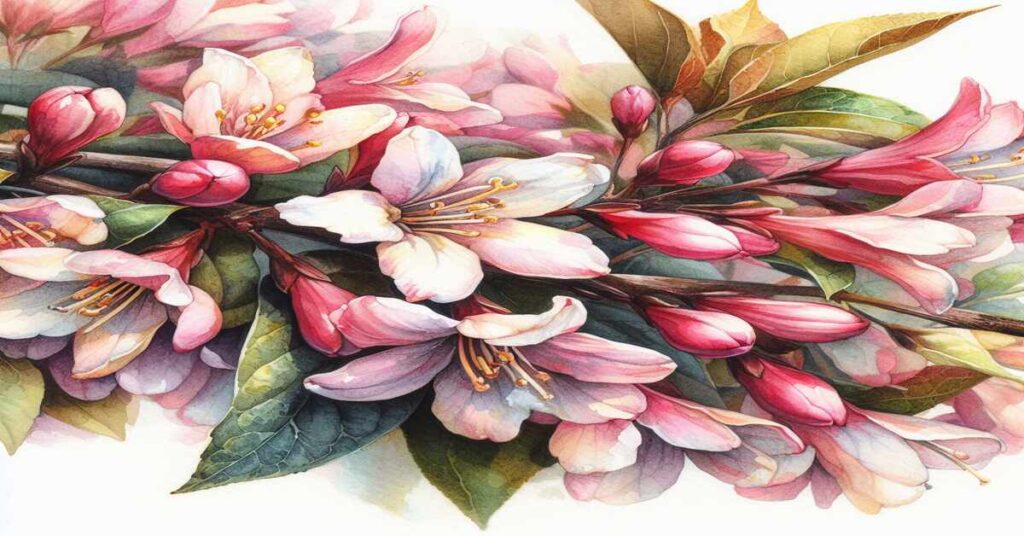
Weigela is a deciduous shrub known for its tubular, trumpet-shaped flowers and attractive foliage. It’s a favorite among gardeners for its versatility. Weigela is a great attractant for hummingbirds.
- Watering Needs: Keep soil consistently moist
- Bloom Color: Various colors, including pink and red
- Hardiness Zone: Typically zones 4 to 8
- Mature Height: Varies by species and variety but generally 3 to 6 feet (0.9 to 1.8 meters)
- Sunlight Exposure: Full sun to partial shade
9. Woolly Bluecurls (Trichostema lanatum)
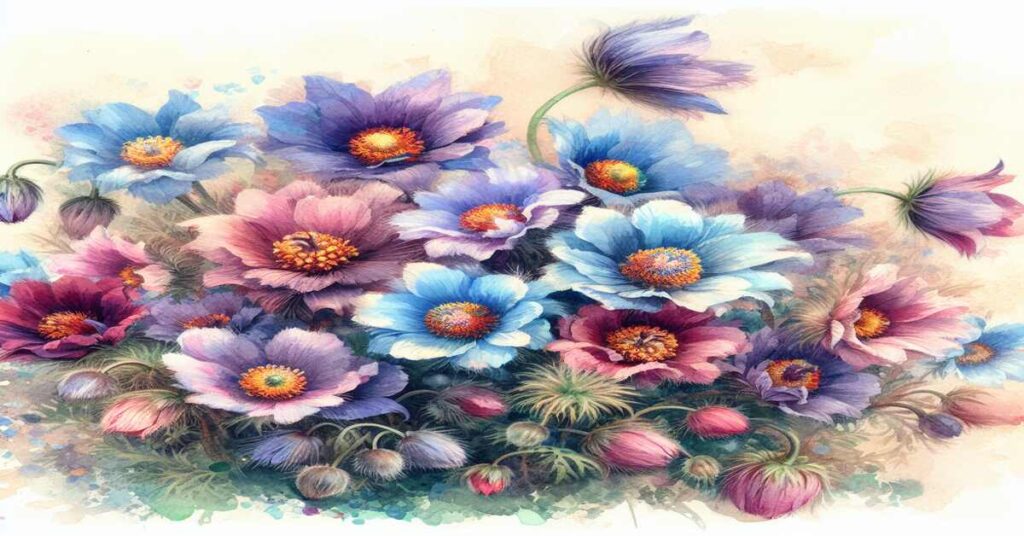
Woolly Bluecurls is a native California wildflower known for its aromatic, fuzzy foliage and small, tubular blue-purple flowers. The leaves of Woolly Bluecurls were traditionally used by Native Americans to make herbal tea.
- Watering Needs: Drought-tolerant once established
- Bloom Color: Blue-purple
- Hardiness Zone: Typically zones 8 to 10
- Mature Height: Generally 1 to 3 feet (0.3 to 0.9 meters)
- Sunlight Exposure: Full sun
10. Woodruff (Galium odoratum)
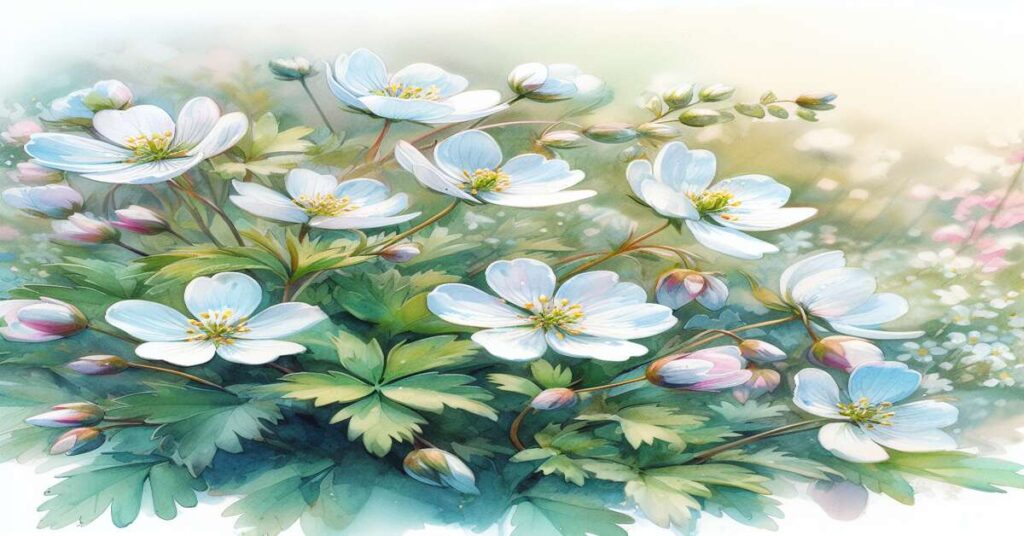
Woodruff is a perennial ground cover known for its small, fragrant white flowers and whorled leaves. It’s often used in herbal teas and potpourri. Woodruff is a key ingredient in making the traditional German May wine punch called “Maiwein.”
- Watering Needs: Keep soil consistently moist
- Bloom Color: White
- Hardiness Zone: Typically zones 4 to 8
- Mature Height: Generally 6 to 12 inches (15 to 30 cm)
- Sunlight Exposure: Partial to full shade
11. Waxflower (Chamelaucium uncinatum)
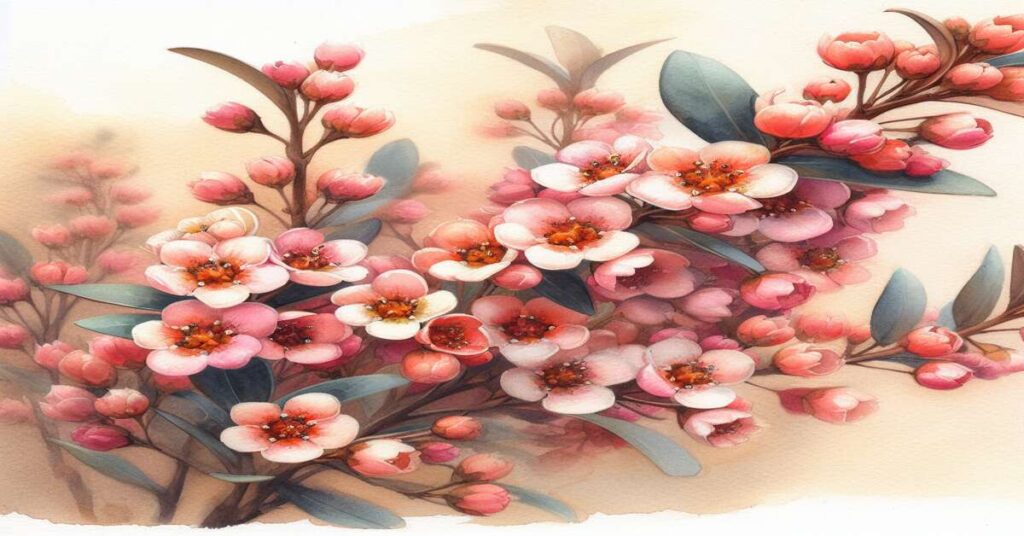
Waxflower is an evergreen shrub native to Australia, known for its small, waxy, and star-shaped flowers that grow in clusters. The foliage has a pleasant, citrusy fragrance. Waxflower is a popular filler in floral arrangements and is prized for its long-lasting blooms.
- Watering Needs: Keep the soil consistently moist during the growing season
- Bloom Color: Various colors, including white, pink, and purple
- Hardiness Zone: Typically zones 9 to 11
- Mature Height: Generally 2 to 5 feet (0.6 to 1.5 meters)
- Sunlight Exposure: Full sun
12. Windflower (Anemone hupehensis)
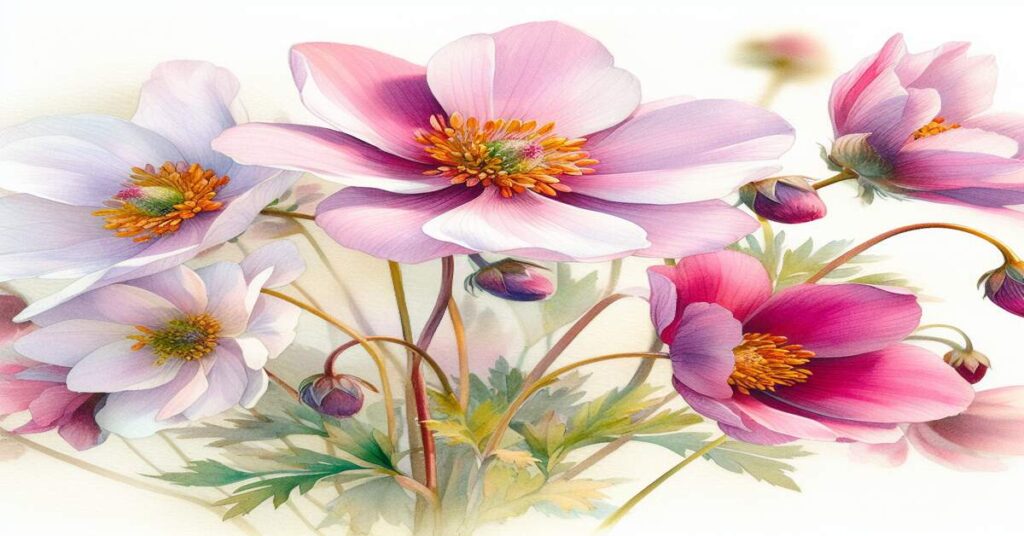
Windflower, also known as Japanese anemone, is a perennial plant with charming, single or double flowers that resemble daisies. They appear on tall, wiry stems. Windflowers are considered symbols of protection and good luck in some cultures.
- Watering Needs: Keep the soil consistently moist but well-draining
- Bloom Color: Various colors, including pink and white
- Hardiness Zone: Typically zones 4 to 8
- Mature Height: Generally 2 to 4 feet (0.6 to 1.2 meters)
- Sunlight Exposure: Partial to full shade
13. Wintergreen (Gaultheria procumbens)
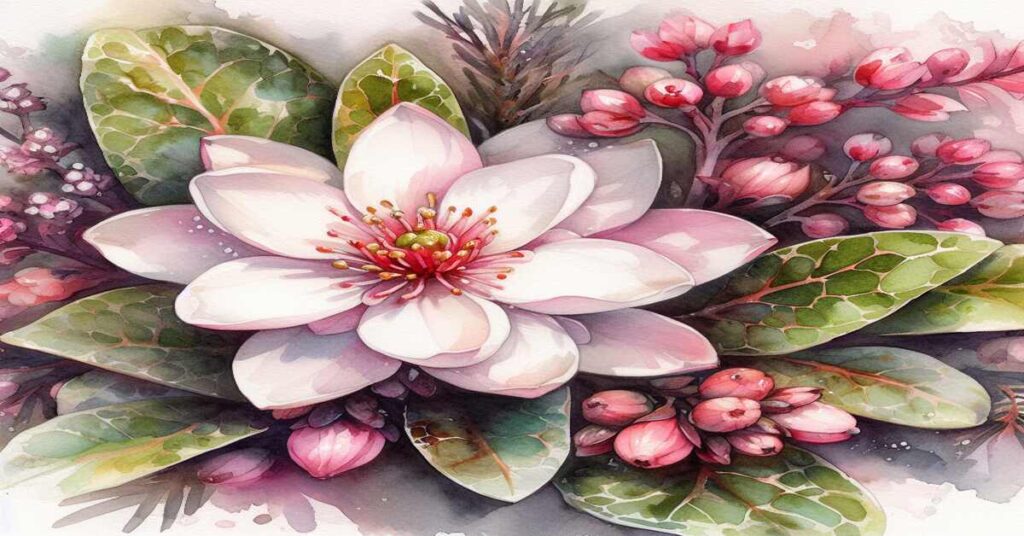
Wintergreen is a low-growing, evergreen ground cover native to North America. It produces small, bell-shaped white or pink flowers and red berries. Wintergreen leaves contain oil with a distinctive minty flavor used in candies and chewing gum.
- Watering Needs: Keep the soil consistently moist
- Bloom Color: White or pink
- Hardiness Zone: Typically zones 3 to 7
- Mature Height: Generally 4 to 6 inches (10 to 15 cm)
- Sunlight Exposure: Partial to full shade
14. Wild Columbine (Aquilegia canadensis)
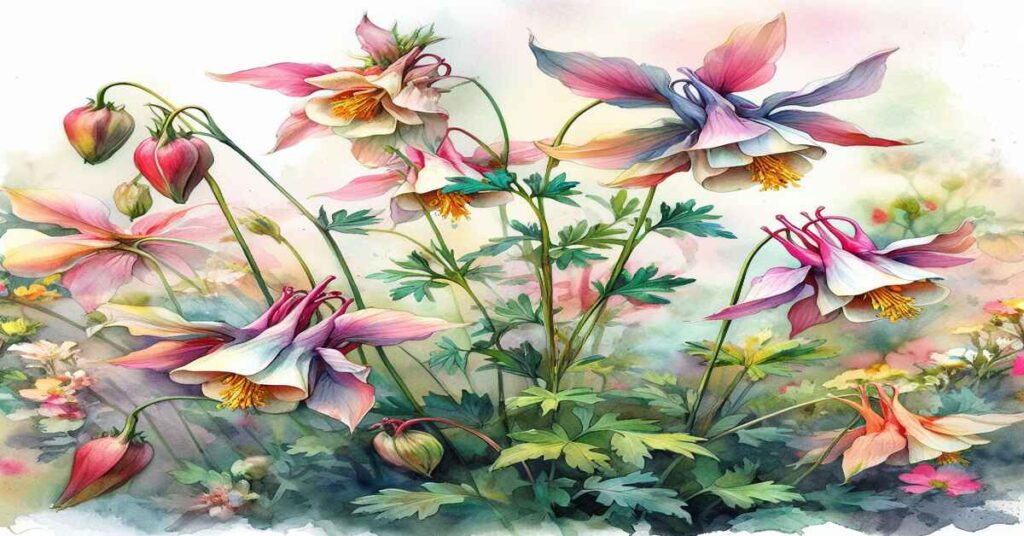
Wild Columbine is a native North American wildflower with unique red and yellow, spurred flowers. It’s often found in rocky, woodland areas. The shape of Wild Columbine’s flowers is said to resemble a cluster of doves, leading to its nickname “Dove Plant.”
- Watering Needs: Keep the soil consistently moist but well-draining
- Bloom Color: Red and yellow
- Hardiness Zone: Typically zones 3 to 8
- Mature Height: Generally 1 to 2 feet (0.3 to 0.6 meters)
- Sunlight Exposure: Partial shade to full sun
